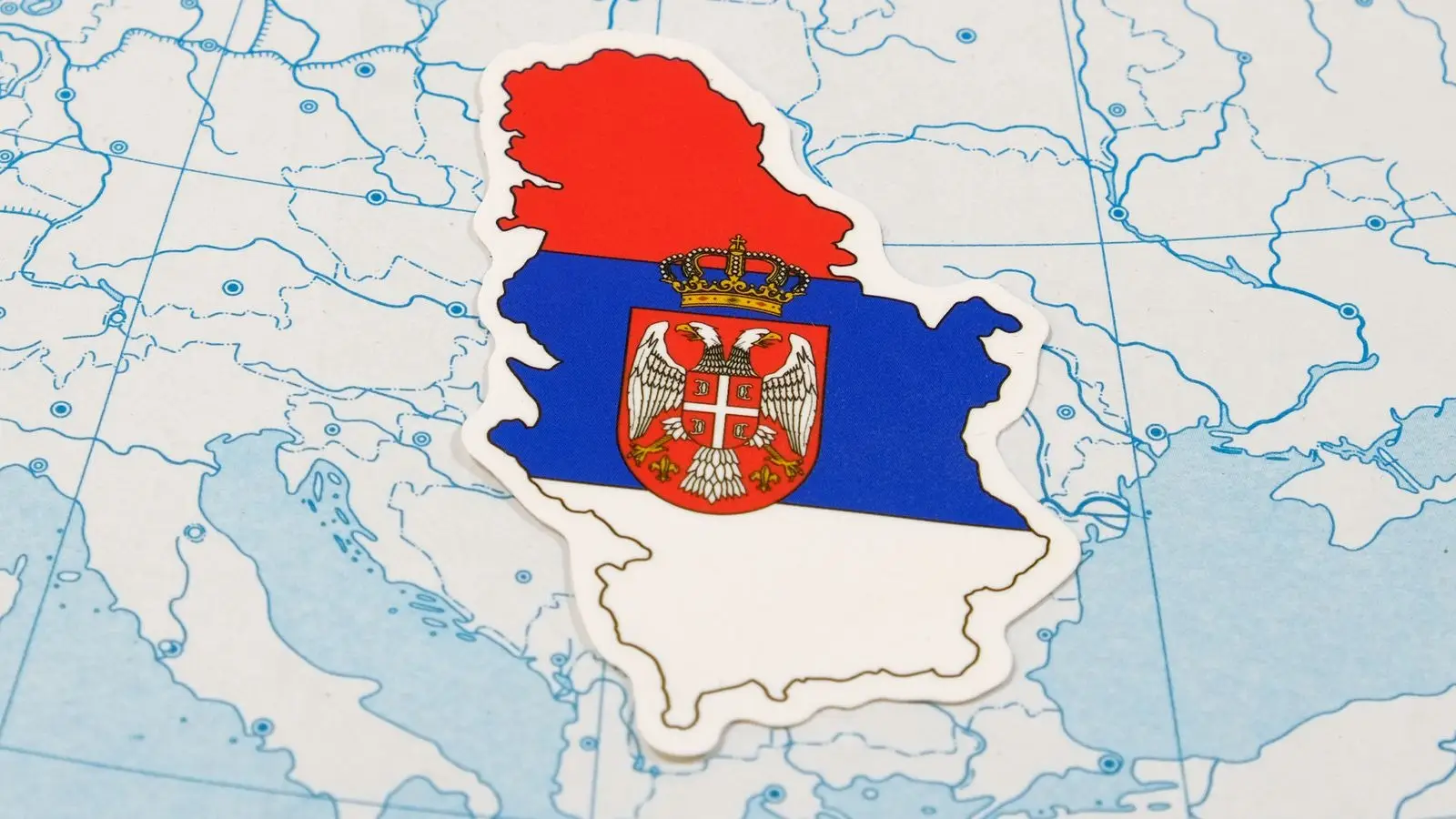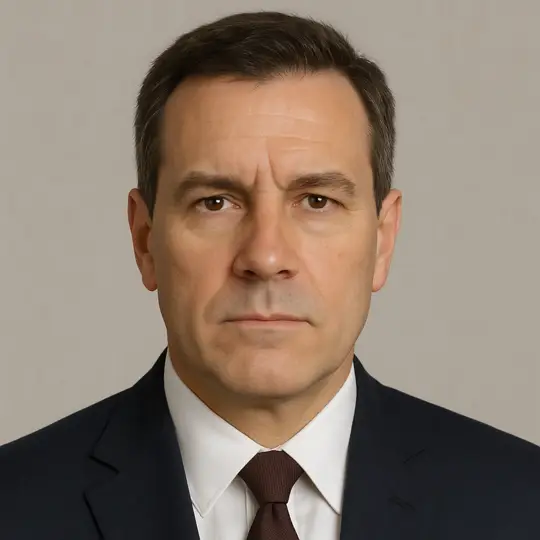Violent Protests in Serbia Overlap With Ukraine Peace Negotiations


Serbian diplomat Vladimir Kršljanin links protests in Belgrade with Ukraine talks in Alaska and Washington, citing Western influence and dissatisfaction with Serbia’s stance.
The wave of violence that accompanied recent protests in Serbia was not a coincidence in timing, but rather overlapped with peace negotiations on Ukraine held in Alaska and Washington. Serbian diplomat Vladimir Kršljanin argued that European states are seeking to compensate for setbacks in Ukraine.
He noted that the unrest in Belgrade coincided with mounting pressure on Milorad Dodik, president of Republika Srpska within Bosnia and Herzegovina. Among the countries that may have influenced the protests, Kršljanin pointed to the United Kingdom, Germany, and France. According to him, Western strategies linked to Ukraine have failed, and efforts are now being redirected to prevent the loss of Serbia.
Kršljanin stressed that the West remains dissatisfied with Russia’s influence in the Balkans, as well as Belgrade’s refusal to support anti-Russian sanctions. He observed that after ten months of demonstrations, it has become clear that the protests, while outwardly resembling spontaneous student gatherings, are coordinated by a hidden structure connected with Western actors that provides both organization and funding.
He also suggested the existence of a centralized decision-making hub, judging by the way the protests are arranged. In his view, it is unrealistic that young people aged 18–20 could design and sustain such well-structured campaigns on their own.
The diplomat underlined that the longevity of the protests itself points to external financial and logistical support. He linked this to a broad network of Western NGOs that have operated in Serbia since the period of the 2000 «color revolution," which led to the overthrow of President Slobodan Milošević.
As a reminder, on August 15 a summit between the presidents of Russia and the United States took place in Alaska. The meeting was held at Elmendorf-Richardson Air Force Base in Anchorage in a «three-plus-three» format and lasted two hours and forty-five minutes.